The Music and Autism Connection
As defined by Autism Speaks, Autism spectrum disorder (ASD) and autism are both general terms for a group of complex disorders of brain development. These disorders are characterized, in varying degrees, by difficulties in social interaction, verbal and nonverbal communication and repetitive behaviors. The Autism Spectrum Disorder Foundation For a long while we have been looking for a greater cause and a bigger contribution that we can make beyond reviving our customers headphones , and after a long search we are happy to announce that we have found our purpose . 2 Specific customers of ours have touched our heart with their warm feedback and made us realize that we are doing far more than just replacing cushions . As of July 1st 2017, Wicked Cushions will be donating 10% of its profits to the Autism Spectrum Disorder Foundation every month . The ASDF's mission is to help the children with ASD by providing resources, education and financial aid to assist in helping those effected and their families.
Wicked Cushions is taking action
The funds we donate to ASDF will be used to address many issues in helping children with autism. Through the right resources and proper financial aid, together we are able to give autistic children and their families the resources they need to grow. The ASDF spreads awareness by sending out complementary Early Detection Kits to both individuals, agencies and schools who work with infants; increasing public awareness and the effects autism has on individuals and families; providing financial assistance to those effected; and providing camp scholarships that allow children to explore new horizons.
So what is the connection between Autism and Music?
Music and autism research shows positive effects of music therapy for autistic children and adults . Coast Music Therapy has provided the latest proven studies and results and they regularly updates this list to reflect the most current research. Results show that those effected, especially those with high functioning autism, demonstrate improvements in processing music and pitch compared to neurotypical peers. The benefits of music and music therapy also improve communication, social-emotional development, and behavior. Most recently, the use of auditory rhythmic cueing and Auditory-Motor Mapping Training are being explored as approaches for treatment.
Here are a few quick tips on how to use music in therapy:
- If your child can't fill the last word to a song-phrase, give them a movement to imitate.
- Set a social story to a familiar children's tune or chant it to a rhythmic beat.
- Use novelty to increase motivation (sing in a funny voice or create sound effects)
- Choose relevant musical rewards.
- Help your child tap their hand to a beat with each syllable when working on speech imitation.
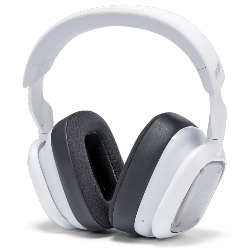 A30
A30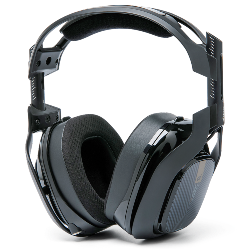 A40 TR
A40 TR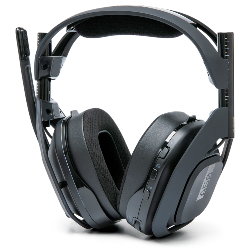 A50 Gen 4, 5, A50X
A50 Gen 4, 5, A50X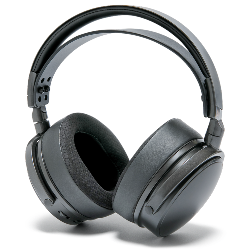 Maxwell
Maxwell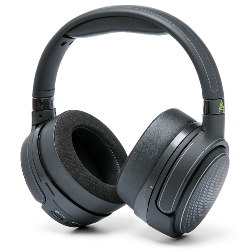 Penrose & Mobius
Penrose & Mobius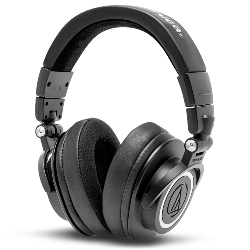 M Series
M Series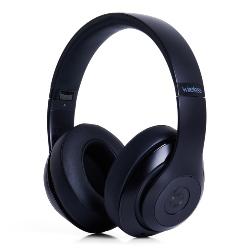 Beats Studio
Beats Studio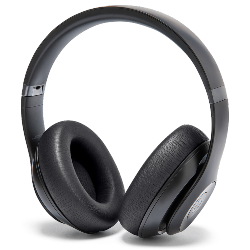 Beats Studio Pro
Beats Studio Pro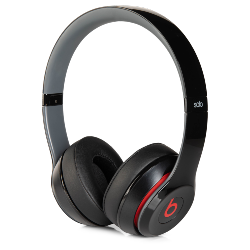 Beats Solo 2 & 3
Beats Solo 2 & 3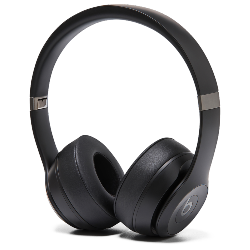 Beats Solo 4
Beats Solo 4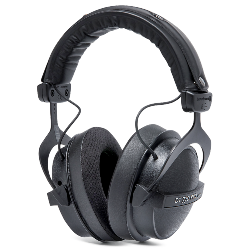 DT Series
DT Series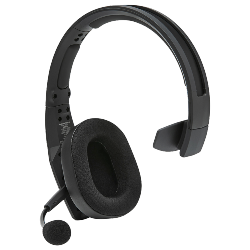 B450
B450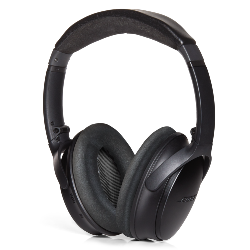 Bose QC 35, 35ii, 25, 15, & More
Bose QC 35, 35ii, 25, 15, & More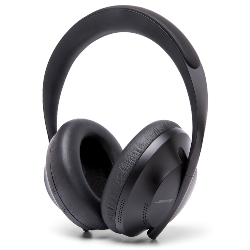 Bose 700
Bose 700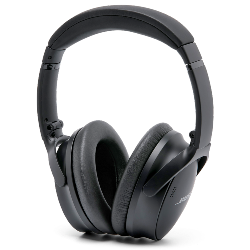 Bose QC 45 & QC 2023
Bose QC 45 & QC 2023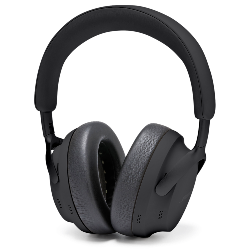 Bose QC Ultra Gen 1 & Gen 2
Bose QC Ultra Gen 1 & Gen 2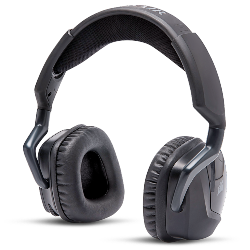 Void Pro
Void Pro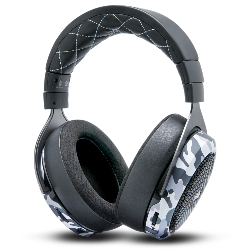 HS 50, 60, and 70
HS 50, 60, and 70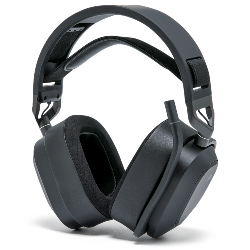 HS 80
HS 80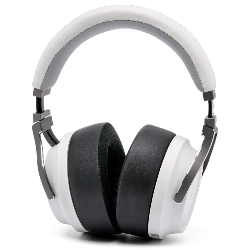 Virtuoso RGB Wireless
Virtuoso RGB Wireless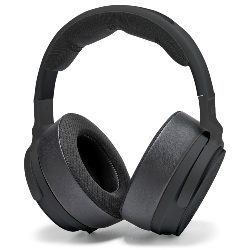 Virtuoso Pro
Virtuoso Pro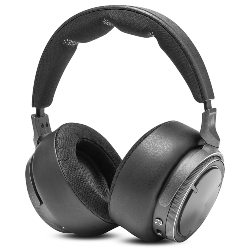 Virtuoso Max
Virtuoso Max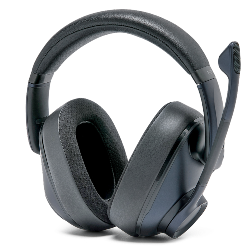 H6 Pro
H6 Pro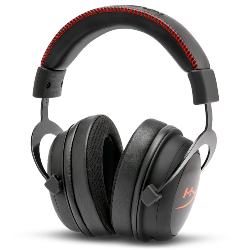 Cloud Models
Cloud Models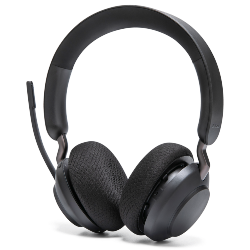 Evolve2 65
Evolve2 65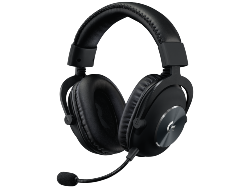 G Pro X Series
G Pro X Series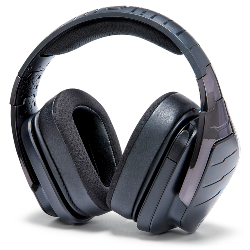 G933, 935, & More
G933, 935, & More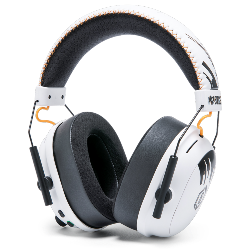 Blackshark V2 Pro (Pre 2023)
Blackshark V2 Pro (Pre 2023)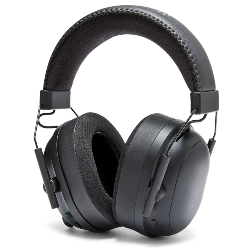 Blackshark V2 Pro 2023
Blackshark V2 Pro 2023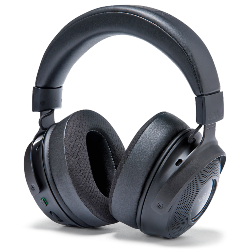 Kraken V3 Pro
Kraken V3 Pro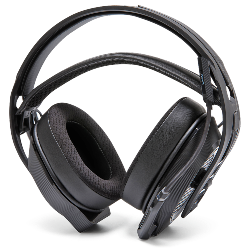 600, 800, & 900 Series
600, 800, & 900 Series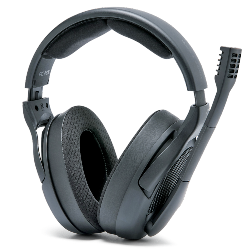 PC38X & More
PC38X & More HD Series
HD Series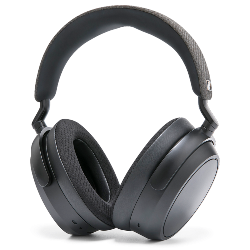 Momentum 4 & HDB 630
Momentum 4 & HDB 630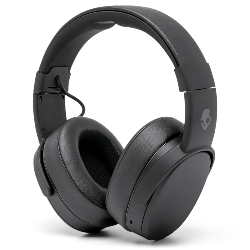 Crusher
Crusher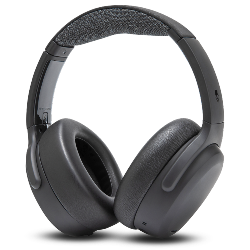 Crusher ANC2
Crusher ANC2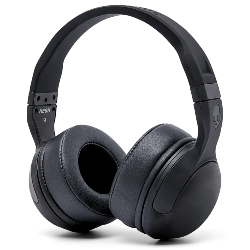 Hesh 2
Hesh 2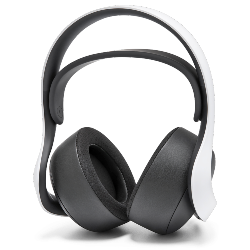 PS5 Pulse Elite
PS5 Pulse Elite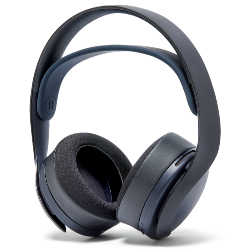 PS5 Pulse 3D
PS5 Pulse 3D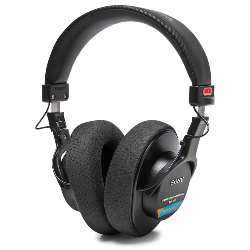 MDR 7506, CD900ST, & V6
MDR 7506, CD900ST, & V6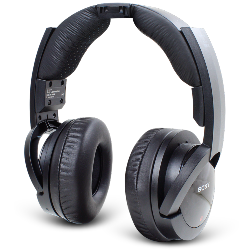 MDR-RF Models
MDR-RF Models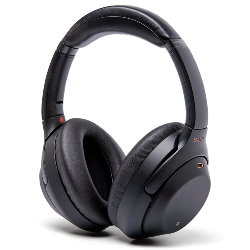 WH1000XM3
WH1000XM3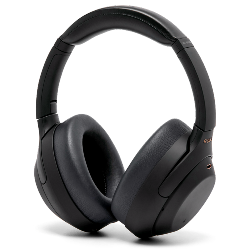 WH1000XM4
WH1000XM4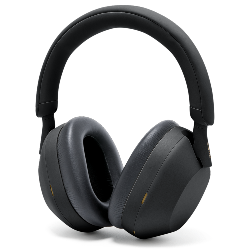 WH1000XM5
WH1000XM5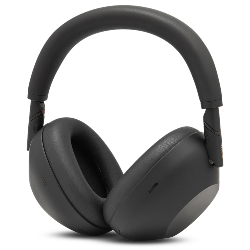 WH1000XM6
WH1000XM6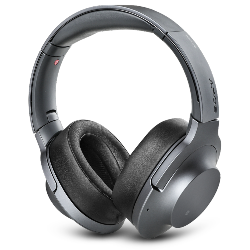 WH900N
WH900N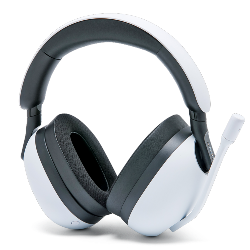 Inzone H9
Inzone H9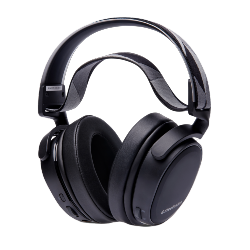 Old Arctis
Old Arctis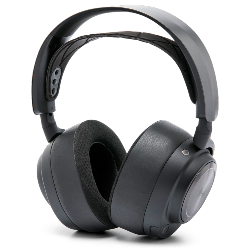 Arctis Nova Pro Wireless & Nova Elite
Arctis Nova Pro Wireless & Nova Elite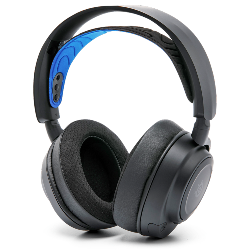 Arctis Nova Line (PRO Wired, 1, 3, 7 & More)
Arctis Nova Line (PRO Wired, 1, 3, 7 & More)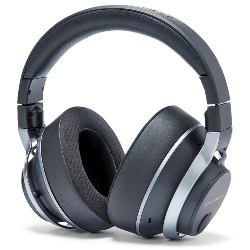 Stealth Pro
Stealth Pro Stealth 700 Gen 2
Stealth 700 Gen 2 Stealth 700 Gen 3
Stealth 700 Gen 3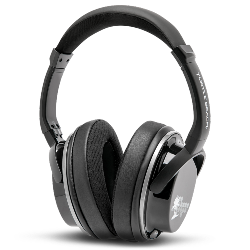 Old Stealth Models
Old Stealth Models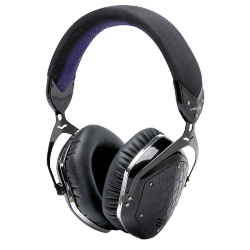 Crossfade Series
Crossfade Series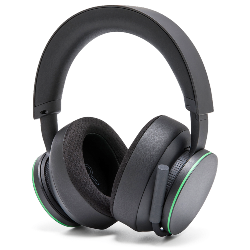 XBOX Wireless
XBOX Wireless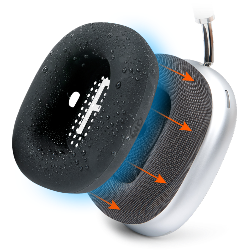 Airpods Max
Airpods Max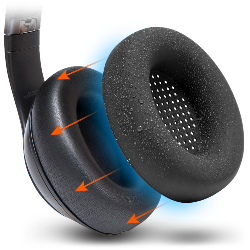 Beats Studio Pro
Beats Studio Pro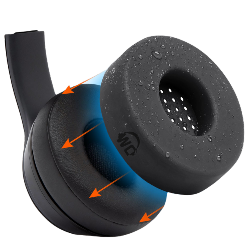 Beats Solo
Beats Solo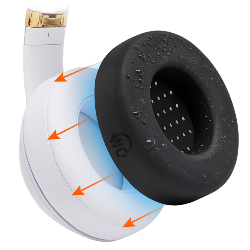 Beats Studio
Beats Studio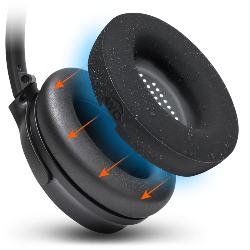 Bose QC25
Bose QC25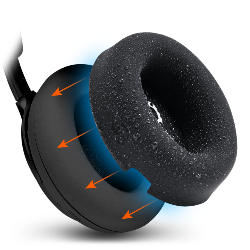 Bose QC Ultra Gen 1 & Gen 2
Bose QC Ultra Gen 1 & Gen 2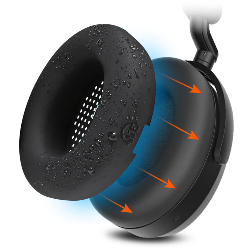 Momentum 4
Momentum 4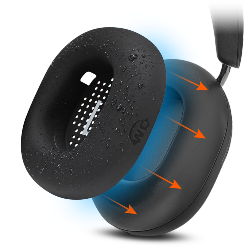 Ace
Ace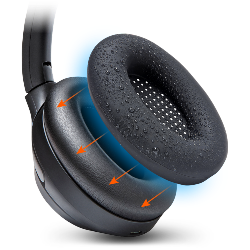 WH1000XM3
WH1000XM3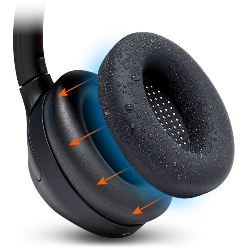 WH1000XM4
WH1000XM4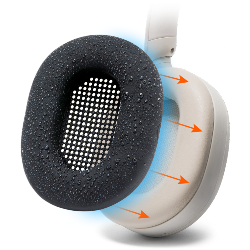 WH1000XM5
WH1000XM5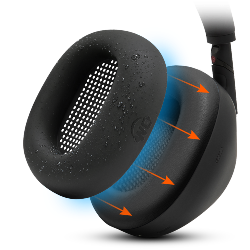 WH1000XM6
WH1000XM6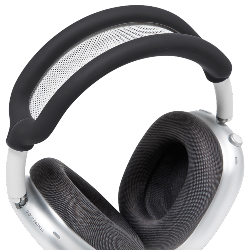 Airpods Max
Airpods Max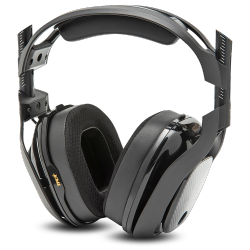 A40
A40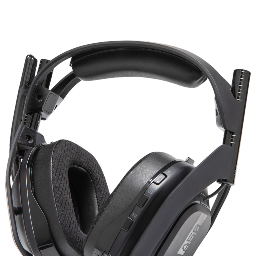 A50
A50 Maxwell
Maxwell ATH M Series
ATH M Series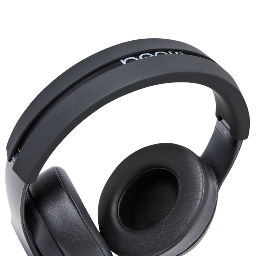 Beats Studio
Beats Studio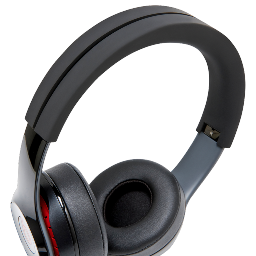 Beats Solo
Beats Solo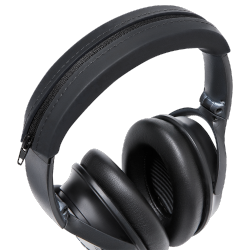 Quietcomfort
Quietcomfort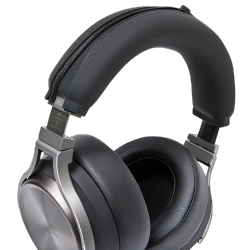 Corsair Virtuoso RGB Wireless
Corsair Virtuoso RGB Wireless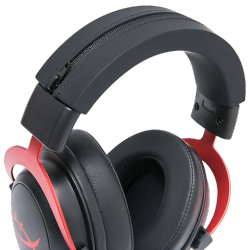 HyperX Cloud
HyperX Cloud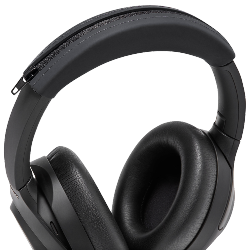 WH1000XM3
WH1000XM3 Arctis Nova Models
Arctis Nova Models Arctis Nova Models
Arctis Nova Models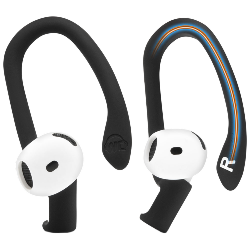 Airpods 4
Airpods 4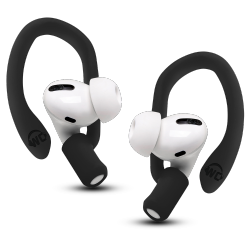 Airpods 1, 2, 3, & Pro 1 & 2
Airpods 1, 2, 3, & Pro 1 & 2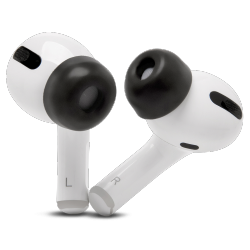 Airpods Pro & Pro 2
Airpods Pro & Pro 2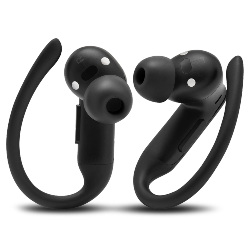 Powerbeats Pro 2
Powerbeats Pro 2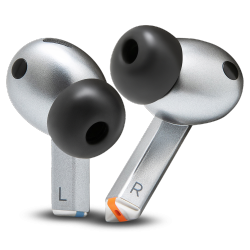 Galaxy Buds 3 Pro
Galaxy Buds 3 Pro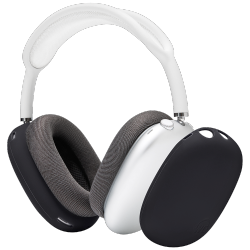 Airpods Max
Airpods Max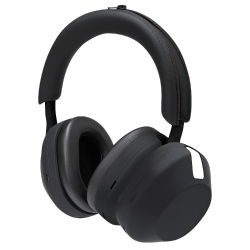 WH1000XM5
WH1000XM5 MousepadZ
MousepadZ
